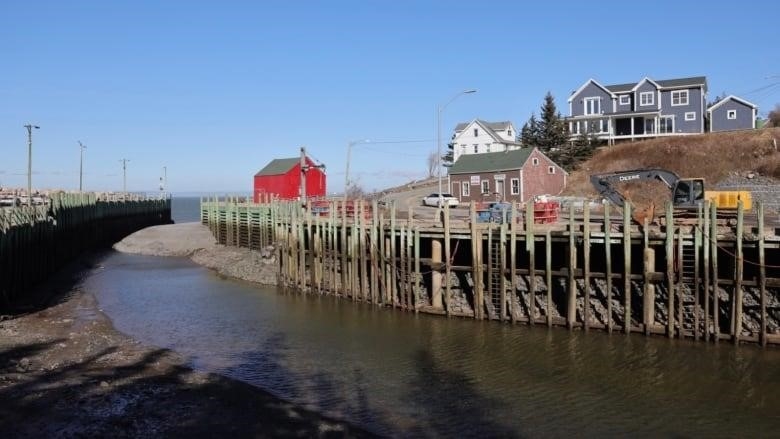
Halls Harbour volunteers have come up with a plan to stop flooding and damage
Hope Shanks has seen more than her share of climate change’s effects.
The bookkeeper for the restaurant and shop in Halls Harbour, N.S., has to help clean up at least once a year after water from the Bay of Fundy breaks through the seawall, floods the parking lot, and flows into the restaurant.
The last time this happened was on Christmas Eve, when more than a meter of water filled the Halls Harbour Lobster Pound.
“Our employees do an excellent job. You would never guess there was seaweed in here, “Shanks says as he looks around the restaurant one mid-February morning.
She still hopes that one day she won’t have to deal with damage so often.

“It would be great if we didn’t have to worry about getting washed away by the tide next winter.”
That day might not come next winter or even the winter after that, but it might be coming.
Impacts of climate chang
Halls Harbour is a beautiful town that draws a lot of tourists. It is famous for its tides, which raise the fishing boats moored to the wharf at high tide and lower them to the floor of the harbor at low tide.
To get to the center of the town, visitors have to go down a steep hill and then make a sharp turn that leads to a rocky beach and a few shops.
But the closeness to the water, which residents and visitors like, is also a threat to the community.
The seawall, which is made up of big rocks and concrete blocks, isn’t strong enough to stop strong storm surges. These huge rocks are meant to protect the harbor and buildings, but sometimes they get washed right into the harbor. This makes it hard for boats to get in and out of the harbor.
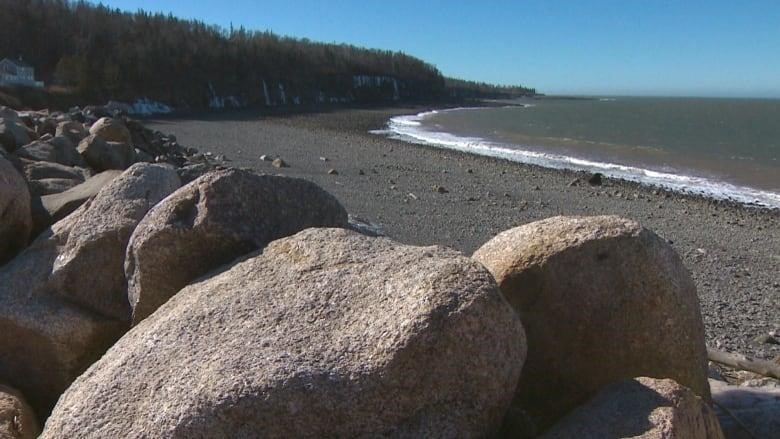
An old sluiceway that has controlled the flow of water under the road for decades is now too weak to handle what Mother Nature throws at it. During storms, the main road sometimes floods, and erosion has started to break down the supports underneath.
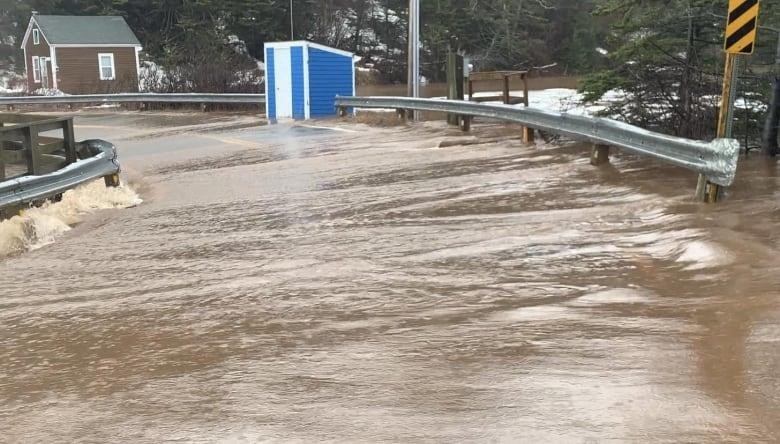
Madonna Spinazola, president of the Halls Harbour Community Development Association, says, “When there’s a big storm, it’s like Niagara Falls over there.” “Every year, storms cause damage that we’ve had to fix. Since Juan and Dorian… we’ve been seeing them not just once a year, but twice or even three times a year.”
Plan to protec
The community development association has come up with a plan to protect Halls Harbour from climate change-related changes like stronger storms and rising sea levels.
The group’s Climate Change Waterfront Initiative wants to raise the seawall, fix the wharf, lengthen the breakwaters to protect boats, and widen the entrance to the harbor so that bigger boats can get in and out.
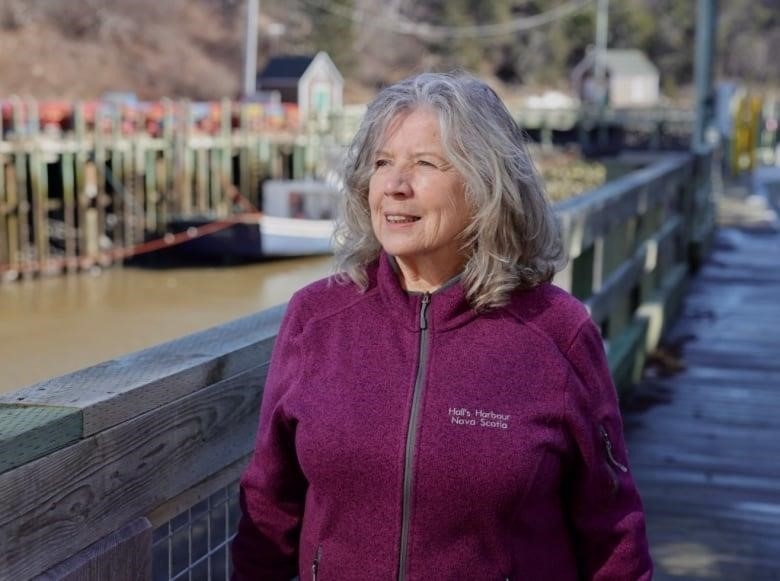
The plans also aim to improve visitors’ experiences by adding longer boardwalks, seating, a playground, a sloping pebble beach where people can swim, and more parking, including spots for tour buses.
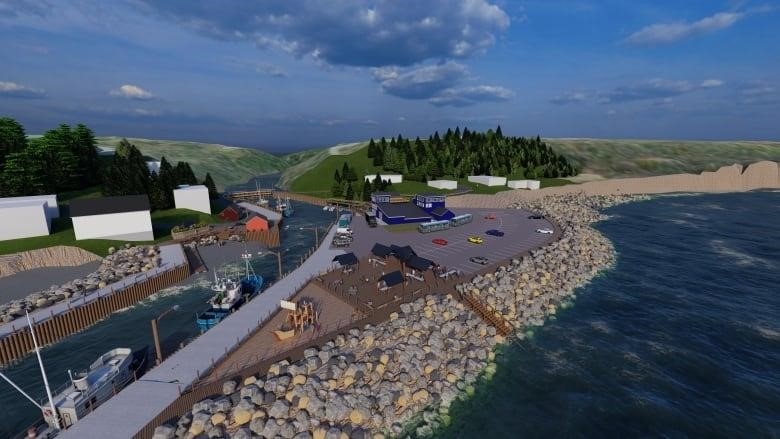
Fred Huntley, who fishes on the Lady Chantel out of Halls Harbour, says he can’t wait for the proposed changes to happen.
“Right now, it’s so full of gravel that you couldn’t get a boat in or out even if you had to,” he says. “It would be great if they could find a way to make it bigger and stop that from happening every year.”
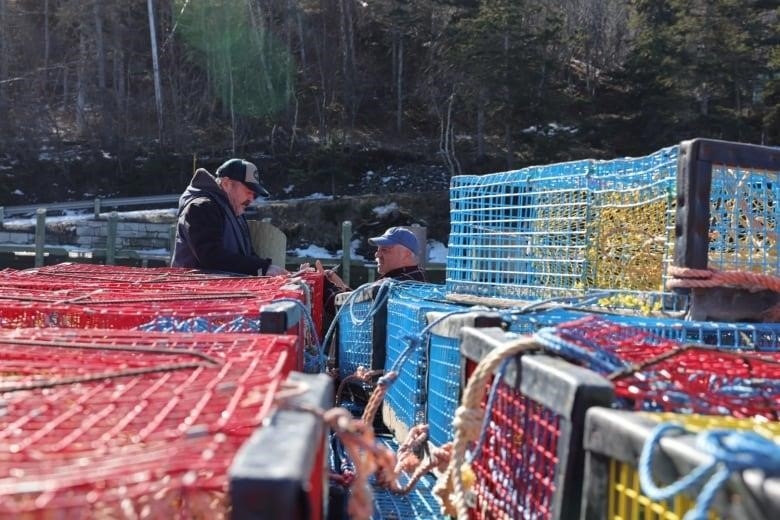
Those in charge of the plans say that more boats will be able to tie up at the wharf, and a new boat ramp could let fishermen fix their boats in Halls Harbour instead of going somewhere else.
Multimillion-dollar projec
The group thinks that their big dreams will cost around $20 million to come true. It’s a big job, especially for a project that a group of volunteers is leading.
The association says that even though the community is small—Halls Harbour itself has only a few dozen year-round residents, while the larger area, called the Halls Harbour Fire District, has about 200 to 300 people—it’s also very passionate about protecting it for future generations.
Spinazola says, “We can do it if we want it badly enough and if we want to do it for our community.” “Change is coming, and the best thing a small rural or coastal community in Nova Scotia can do is come together and say, ‘This is how we want our community to look in 80 years.'”
The municipal government has already given $18,000 to the development association for design work on the project. Eventually, the association plans to ask all three levels of government for more money. Between now and then, the group plans to raise $150,000 through fundraising.
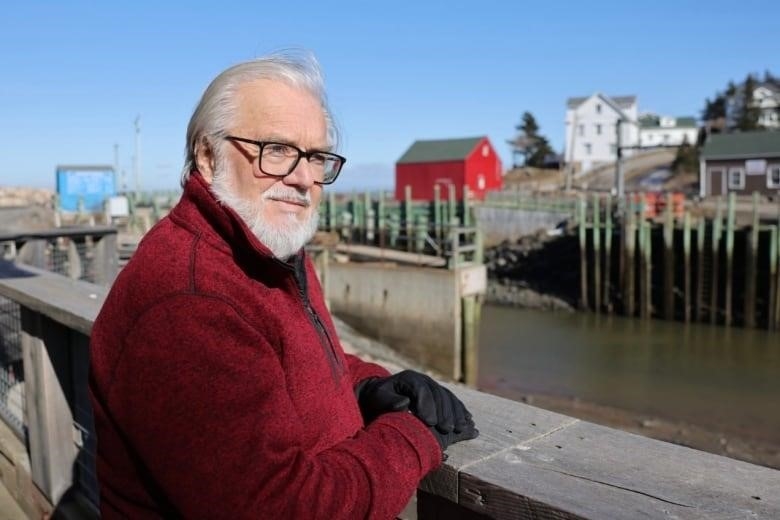
The area’s councillor, Dick Killam, is also Spinazola’s husband, so it’s easy for him to see why the project should go forward.
Killam says that if Halls Harbour does well as a place for tourists to visit and as a fishing community, it will help the economy of the whole municipality.
Plus, he says, it’s a special place that should be kept the way it is.
“I just think it’s one of the most beautiful places in the world, so you try to do what you can to protect it and keep it for future generations.”
MORE TOP STORIES
